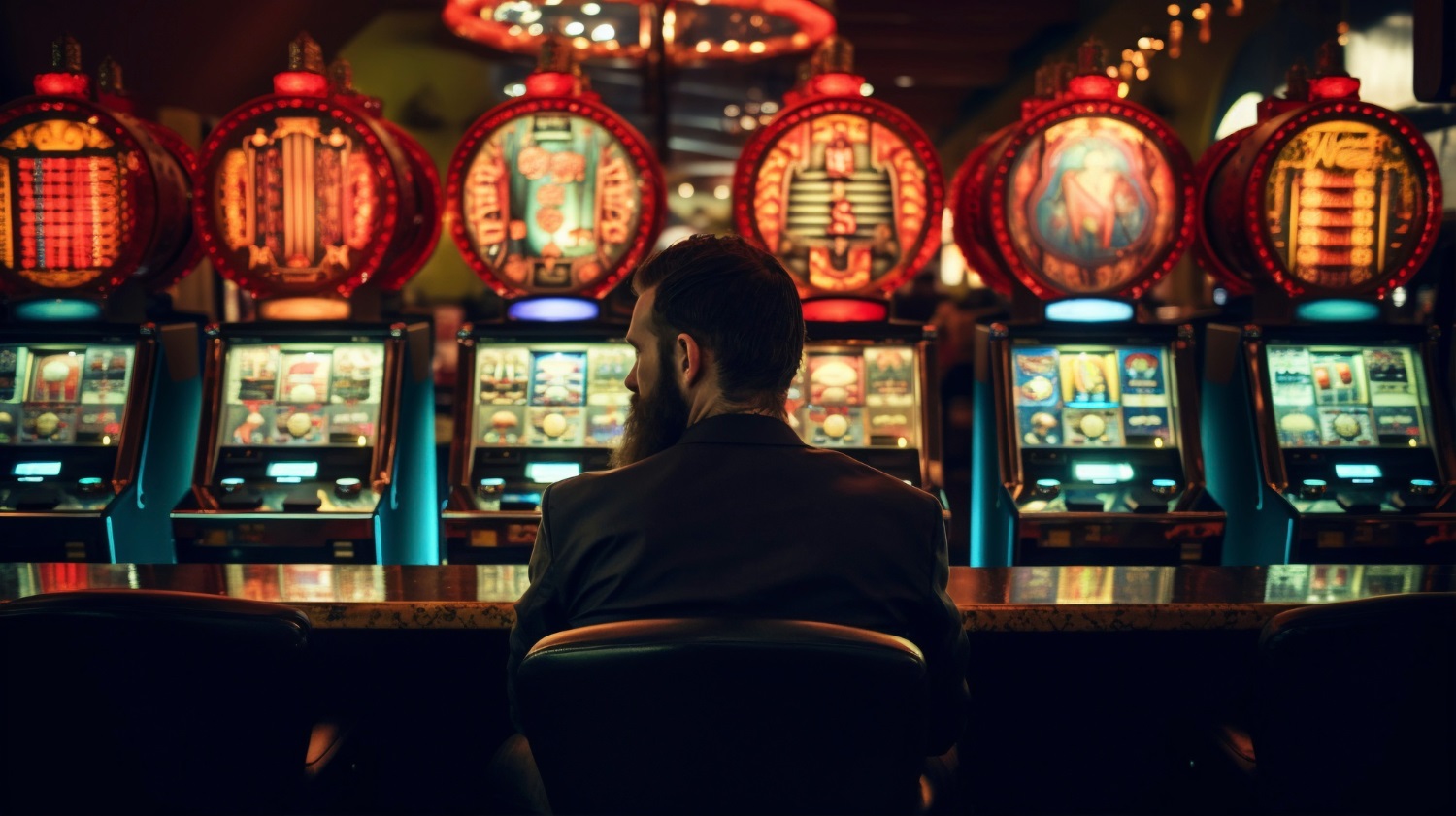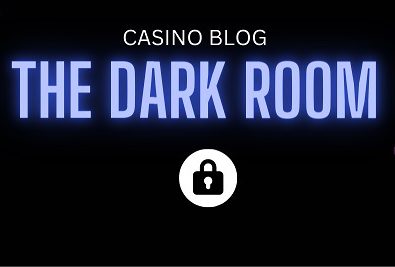 If you’ve ever wondered why slot machines feel so hypnotic—why those spinning reels somehow convince you to stick around just a little longer—you’re not alone. Slot design is almost an art form now, blending psychology, math, storytelling, and audiovisual engineering into one incredibly addictive package.
If you’ve ever wondered why slot machines feel so hypnotic—why those spinning reels somehow convince you to stick around just a little longer—you’re not alone. Slot design is almost an art form now, blending psychology, math, storytelling, and audiovisual engineering into one incredibly addictive package.
Let’s peel back the curtain a bit.
1. The Sound of “Almost Winning”
Believe it or not, sound design is one of the biggest factors in a slot’s success. Developers invest serious time into crafting noises that feel rewarding, even when you haven’t actually won much.
Some examples:
* **Soft chimes** when a spin starts
* **Rising tones** when the reels slow down
* **Little celebratory jingles** even for tiny wins that don’t exceed your bet
These micro-celebrations keep players emotionally engaged. It’s reinforcement without the actual payout.
—
2. Near Misses Are a Feature, Not a Bug
One of the most studied elements in gambling psychology is the “near miss.”
Picture this: **two jackpot symbols line up, and the third stops just above or below the payline.**
That wasn’t an accident.
Near misses trigger the same brain circuits as small wins, even though they’re losses. To your brain, a near miss feels like progress, as if you’re “getting closer,” even though slots are pure RNG.
It’s incredibly effective at keeping players spinning.
3. The Math Engine Nobody Sees
Under the shiny graphics, every slot has a mathematical backbone that defines:
* **Return to Player (RTP)**
* **Volatility** (frequent small wins or rare big ones)
* **Hit frequency**
* **Bonus trigger rates**
Designers shape these numbers around the *type* of player they want to attract. High-volatility slots appeal to thrill-seekers who want life-changing hits. Low-volatility slots attract players who just want a long, smooth, casual gaming session.
Most people never notice this—but it shapes the entire experience.
4. Visual Flow and Reel Speed
The way a slot’s reels spin is choreographed almost like dance:
* The first reel stops quickly
* The second slows a little
* The third drags out the suspense
Why? Because that slow final reel amplifies anticipation. Your brain gets a moment of “what if?” right before the reel lands.
Designers even use **flashing indicators**, glowing lines, and slight shakes to heighten the moment.
Slot machines aren’t static—they *perform* for you.
5. Themes Are Big Business
Gone are the days of simple fruits and bars. Today, some slot themes are so elaborate they feel like mini video games:
* Egyptian temples
* Viking raids
* Anime-inspired reels
* Movie/TV tie-ins
* Mythology, fantasy, cyberpunk, steampunk—you name it
Themes let designers build mini-worlds. The right theme can turn a basic slot into a full adventure with characters, story arcs, bonus quests, and even lore.
6. Bonus Rounds: The Showstoppers
This is where slot designers really flex.
Bonus features often include:
* free spins
* pick-and-click treasure hunts
* wheel-of-fortune style multipliers
* cascading reels
* expanding symbols
* sticky wilds
* mini adventure games
These aren’t there just for variety—they break the rhythm of normal spins, giving players a jolt of excitement and the sense that something special might happen.
A well-designed bonus round can make or break a slot’s popularity.
7. The “Feel” of Winning
There’s a trick called **win animation inflation**. It works like this:
You bet €2 and win €1.20. Technically, that’s a loss.
But the machine celebrates like you just hit something great.
Big lights, fun music, coins bursting across the screen—it’s all designed to make your brain categorize that moment as positive.
Slots are masters of reframing.
8. Why Modern Slots Feel So Smooth
Online slots especially rely on polished UX:
* seamless animations
* high frame rates
* quick load times
* tactile button responses
* gently glowing effects
All of this contributes to something designers call **“flow state engineering.”** The goal is to make gameplay feel effortless and continuous—no interruptions, no friction.
When a slot feels good to play, people naturally stick around longer.
Why Slot Design Has Become High-Tech
These days, building a successful slot requires:
* psychologists
* mathematicians
* sound engineers
* graphic artists
* game designers
* user-behavior analysts
It’s a whole multidisciplinary production. Every pixel, every sound, every animation curve is tested and retested.
And that’s why some slots take months—or even years—to develop.
The End Result
When everything comes together, a great slot feels:
* engaging
* immersive
* surprising
* smooth
* and just unpredictable enough
You’re not just pressing a button. You’re entering a tiny universe with its own rules, rhythms, and rewards.
And that’s the secret power of slot design: it transforms a simple mathematical game of chance into something that feels alive.
Photo: Freepik



